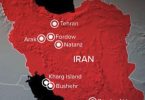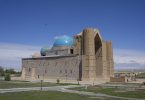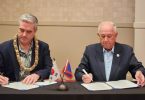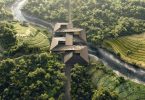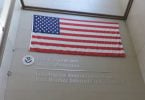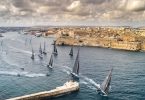BAGHDAD – Senior officials revealed governmental plans to establish huge tourist facilities, citing the improvement in the security situation in the country.
“Baghdad’s mayoralty is currently planning to set up tourist facilities, including a so-called ‘city of gardens’ with huge games on an area of 650 donums and at a cost of over $300 million (1 U.S. dollar = 1,119 Iraqi dinars),” Baghdad’s mayor, Sabir al-Issawi, told Aswat al-Iraq- Voices of Iraq- (VOI).
Cultural, flower, water, ice and children parks will be established, in addition to many others, the mayor noted.
The parks will reflect Iraq’s cultural face. “We demanded that the companies use international and modern technology in the establishment of the parks,” Issawi noted, adding that the designs will cost $2 to $3 million, while the total cost of the project will exceed $300 million.
“Nine companies made bids for the project and a committee, headed by a Baghdad mayoralty general director, was formed to pick the winner.”
The project is expected to be completed in 2009, Issawi said, adding that it will be carried out in partnership between the government and investment companies.
Meanwhile, the minister of municipalities and public works, Riyadh Ghareeb, revealed another huge project to build an integrated tourist city in Najaf province by an English company.
The minister said that he expects other tourist cities to be set up in a number of Iraqi provinces.
When asked about theme parks that are currently under construction, the minister said, “There is al-Hussein theme park in downtown Karbala with a total cost of 9 billion Iraqi dinars.”
Najaf, about 160 km south of Baghdad, has an estimated population of 900,600 in 2008, though this has increased significantly since 2003 due to immigration from abroad. The city is one of the holiest cities of Shiite Islam and the center of Shiite political power in Iraq.
Najaf is renowned as the site of the tomb of Ali ibn Abi Taleb (also known as “Imam Ali”), whom Shiites consider to be the righteous caliph and first imam.
The city is now a great center of pilgrimage from throughout the Shiite Islamic world. It is estimated that only Mecca and Medina receive more Muslim pilgrims.
The Imam Ali Mosque is housed in a grand structure with a gilded dome and many precious objects in its walls.
Karbala, with an estimated population of 572,300 people in 2003, is the capital of the province and is considered to be one of Shiite Muslims’ holiest cities.
The city, 110 km south of Baghdad, is one of Iraq’s wealthiest, profiting both from religious visitors and agricultural produce, especially dates.
It is made up of two districts, “Old Karbala,” the religious centre, and “New Karbala,” the residential district containing Islamic schools and government buildings.
At the centre of the old city is Masjid al-Hussein, the tomb of Hussein Ibn Ali, grandsone of the Prophet Muhammad by his daughter Fatima al-Zahraa and Ali Ibn Abi Taleb.
Imam Hussien’s tomb is a place of pilgrimage for many Shiite Muslims, especially on the anniversary of the battle, the Day of Ashuraa. Many elderly pilgrims travel there to await death, as they believe the tomb to be one of the gates to paradise. On April 14, 2007, a car bomb exploded about 600 ft (200 m) from the shrine, killing 47 and wounding over 150.




